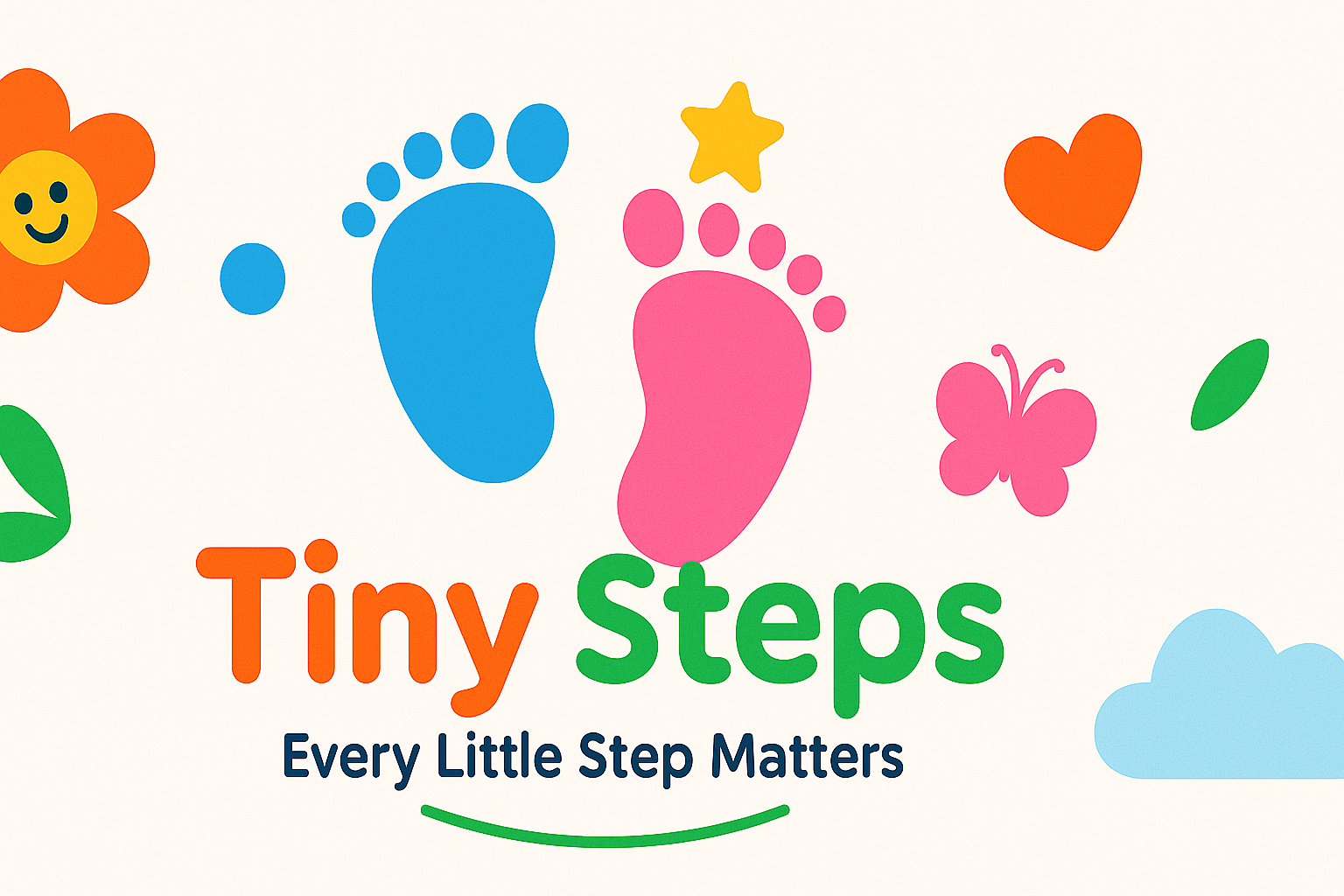How to Balance Motherhood and Toddler Tantrums Without Losing Your Cool
Author: M. Sharanya
Motherhood is rewarding, but let’s be real—toddler tantrums can test even the most patient mom. Whether it’s a meltdown in the grocery store or a battle over bedtime, it’s easy to feel overwhelmed. The good news? You’re not alone, and there are real strategies to help you manage your toddler’s emotions—and your own—without losing your cool. For instance, consider the importance of developing a toolkit of techniques that cater to different situations. This could include distraction methods during public outbursts, such as pointing out interesting items in the environment, or implementing a calming routine at home when bedtime approaches. By preparing yourself with various strategies, you can approach each tantrum with confidence and composure.
Contents
- 1 Understanding Why Toddlers Tantrum
- 2 1. Take a Deep Breath Before Reacting
- 3 2. Acknowledge Their Feelings
- 4 3. Set Clear, Consistent Boundaries
- 5 4. Create a Calm-Down Corner
- 6 5. Take Care of Yourself Too
- 7 6. Reflect, Don’t Regret
- 8 7. Use Simple Language
- 9 8. Stay Consistent
- 10 Final Thoughts
- 11 Additional Resources
Understanding Why Toddlers Tantrum
Tantrums are a normal part of toddler development. They’re learning to express big feelings with limited language and self-control. Knowing this helps shift your mindset from frustration to compassion. Developmentally, toddlers experience rapid changes in their emotional and cognitive abilities. They often struggle to communicate emotions effectively, leading to frustration that manifests as tantrums. Think of it as a small person facing big feelings without the tools to articulate them. Understanding this can help parents empathize with their child’s situation, fostering a stronger emotional bond.
1. Take a Deep Breath Before Reacting
When your toddler starts screaming, pause. Take a slow breath. This short break can prevent a knee-jerk reaction and help you respond calmly rather than emotionally. Consider practicing mindfulness techniques regularly, even outside of tantrum situations. This can create a habit of remaining calm during stressful moments. You might even find it helpful to visualize your breath flowing in and out, creating a sense of space around your reaction.
2. Acknowledge Their Feelings
Say things like “I see you’re upset” or “That made you angry.” Validating your toddler’s emotions helps them feel heard and can de-escalate the situation. For example, if a toy is taken away, you might say, “I understand you wanted to play with that,” before explaining the reason behind the action. This approach allows toddlers to feel understood, which can significantly reduce the intensity of their emotional response.
3. Set Clear, Consistent Boundaries
Toddlers crave routine and limits. Calmly reinforce rules like “We don’t hit” or “We clean up before a new toy.” Keep your voice firm but loving. Consistency in the application of these boundaries is key. For instance, if a rule is broken, addressing it immediately helps reinforce the behavior expectations. It’s also beneficial to remind your child of the rules in a gentle way, such as incorporating them into play or daily discussions.
4. Create a Calm-Down Corner
Instead of time-outs, try a “calm-down spot” with pillows, books, or sensory toys. It gives your toddler a space to regroup safely and learn self-regulation. Make this area inviting and personal. Include favorite items and allow your toddler to choose it as a space for emotional recharge. This empowerment can lead to a greater willingness to use the corner when they need it.
5. Take Care of Yourself Too
You can’t pour from an empty cup. Schedule short breaks, ask for help, or take a walk—self-care helps you stay grounded when parenting gets tough. Engaging in activities that replenish your spirit, whether it’s reading, exercising, or spending time with friends, can provide you with the resilience required to handle parenting challenges with grace and patience.
6. Reflect, Don’t Regret
We all have moments when we snap. Instead of guilt, reflect: What triggered me? What can I do differently next time? Growth comes from awareness. Journaling can be an effective way to process these reflections. Writing down your experiences can help clarify patterns in your reactions and identify effective strategies for future situations.
7. Use Simple Language
When correcting behavior, use short, clear phrases: “No biting. That hurts.” Toddlers understand better when language is direct and calm. Additionally, you can reinforce these phrases with visual cues. For instance, using pictures to illustrate rules can help toddlers remember and understand expectations more clearly.
8. Stay Consistent
Consistency helps toddlers feel secure. The more predictable your responses, the more they’ll learn what’s expected and feel safe exploring boundaries. Consider creating a consistent daily routine that includes structured activities and free play. This predictability can give your toddler a sense of control and security, reducing anxiety that often leads to tantrums.
Final Thoughts
Balancing motherhood and toddler tantrums isn’t about perfection—it’s about connection. With patience, empathy, and a few practical tools, you can turn chaos into connection and teach your child emotional resilience in the process. Understanding that tantrums are part of the learning process for both you and your child can create a more harmonious parenting experience. You’ll not only navigate these challenges but also foster a nurturing environment where your child can thrive emotionally. Embrace the journey of toddler tantrums and motherhood, knowing that each experience will contribute to your growth as a parent.
Additional Resources
If you’re looking for further support, consider seeking parenting classes or joining local support groups. Online forums and resources can also provide valuable insights into managing toddler tantrums and motherhood. Books such as “The Whole-Brain Child” by Daniel J. Siegel and Tina Payne Bryson offer practical advice on understanding and responding to your child’s emotional needs.





